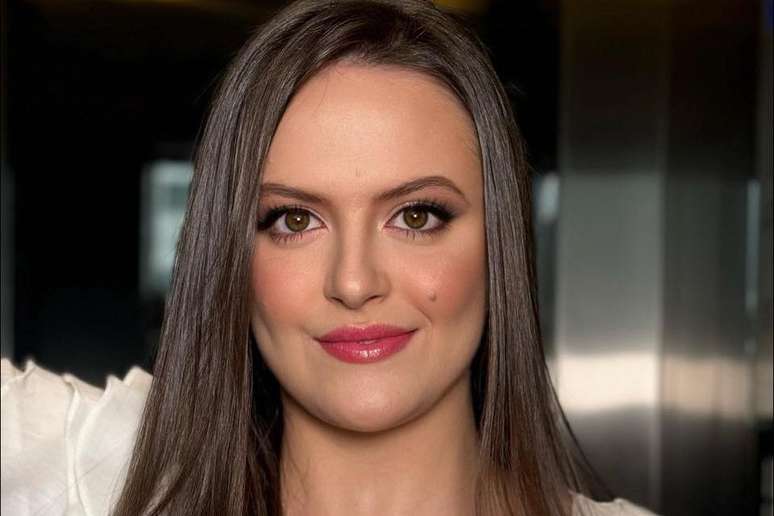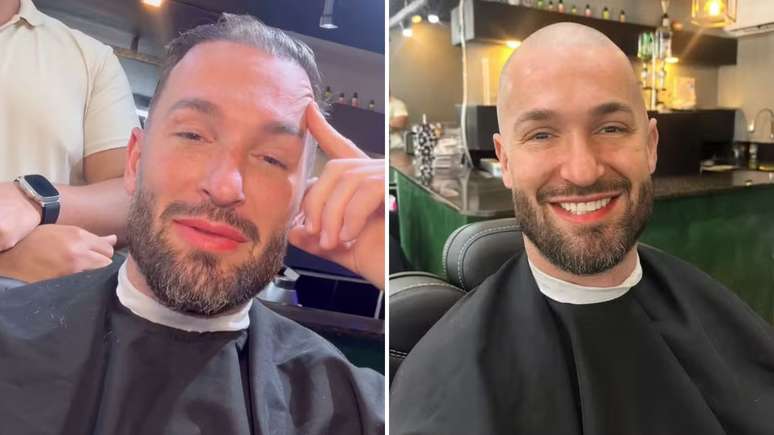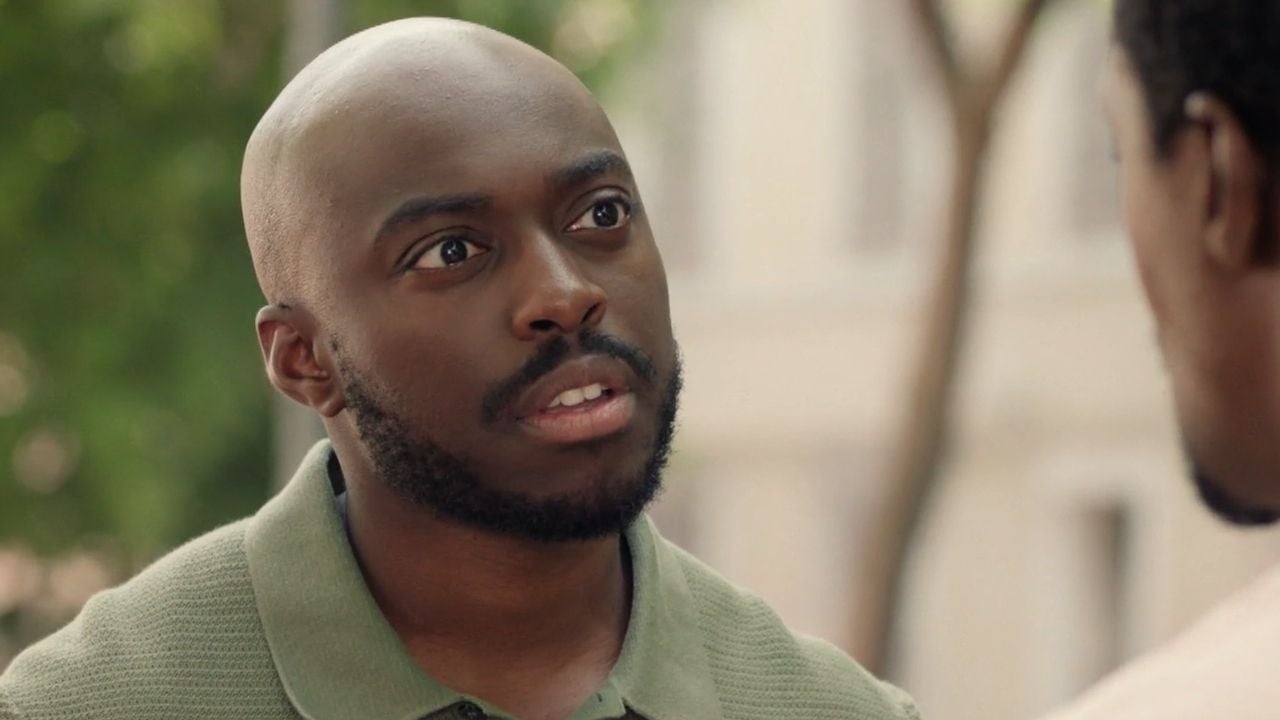A woman with alopecia who has come to terms with her hair loss wants to help others come to terms with this condition. “During the pandemic, I decided it was time to stop hiding my hair loss.”
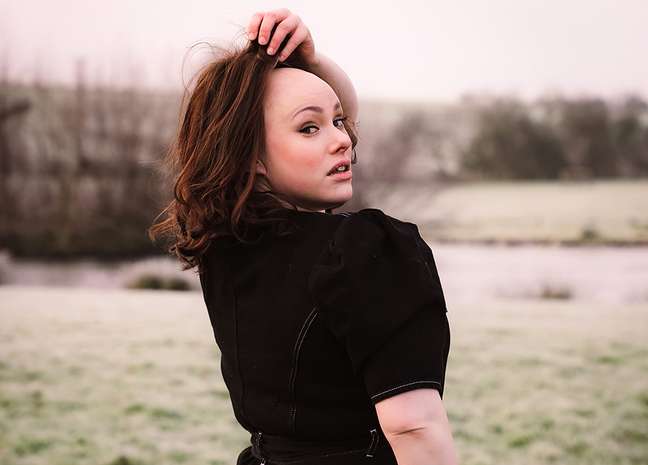
Laura Mathias was only 13 when she started losing her hair and blaming herself for it.
Her doctor diagnosed her with alopecia, an autoimmune condition, and said stress was the cause. Mathias’ parents were getting divorced and she found life difficult.
She spent the next 17 years keeping her hair loss a secret, wearing a series of wigs that irritated her scalp and often caused her head to bleed.
Until, during the pandemic, Laura found the confidence she needed to leave her home in Manningtree, southeast England, wig-free and start posting about her condition on Instagram.
In her own words, Laura Mathias shares her hopes for the future now that she’s learned to face life as a bald woman.
“I haven’t left the house for six months”

My hairdresser was the first to find a small patch of bald hair on the back of my scalp when I was 13. He suggested my mom see a doctor.
The doctor said it was alopecia and I shouldn’t worry as the stress would make the condition worse and if I calmed down, the hair could grow back. I immediately started blaming myself.
She told me there were online chat rooms run by the Alopecia UK organization that I could use, but I didn’t want to accept what was happening to me.
My parents fought all the time which was incredibly stressful. I used to wake up with hair all over my pillow and I was so self-conscious that I stopped going to school.
I didn’t leave the house for six months and everything was at a standstill. I focused on my stationary bike as it was the only thing I could control and ended up losing a lot of weight.
At 14, I asked my hairdresser to shave my head and help me find a wig. In fact, it was too big and immediately irritated my scalp. I also suffered from eczema which the wigs made worse for many years.
I forced myself to go back to school and they put me in the back groups but I managed to argue that I had potential and needed to be accepted back into the more advanced groups. It was ‘do it or do it’ and thank God I came back, because I don’t know where I would be today if I didn’t make it.
“I decided it was time to stop hiding”
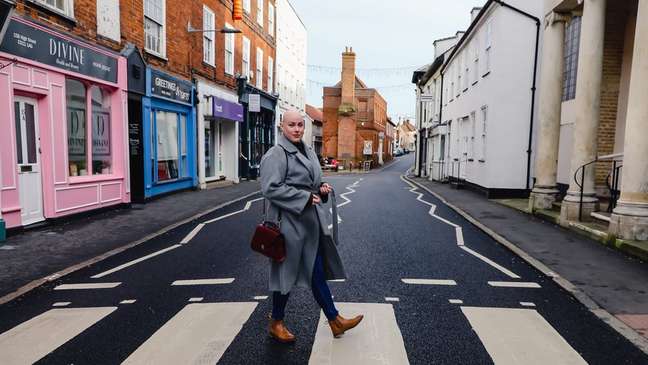
I spent all my money on expensive wigs to make sure my secret didn’t get out. I didn’t go on holiday or anything because I spent £3,000 on a wig that lasted two years.
When she left the house she was “Laura in the wig”. When she was at home with the curtains drawn, she was “bald Laura”. She was radical at this point. I have seen no other alternative.
I started following the hashtag ‘alopecia’ on Instagram and all of a sudden it was like the curtains were being pulled back. I thought, “oh my god, there are other people like me out there”.
During the pandemic, I decided it was time to stop hiding my hair loss. How many years would I have spent wearing a wig, to the point where my head started bleeding, if I hadn’t changed my routine?
In the summer of 2020, I attended a wig-free photo shoot to test. I started sharing my story on social media to build trust.
I felt that if I wrote online and people followed me, I would have to take off my wig. I had started going out wig free from time to time and am still learning to be completely comfortable with it.
“I’ve met a lot of amazing people with alopecia”
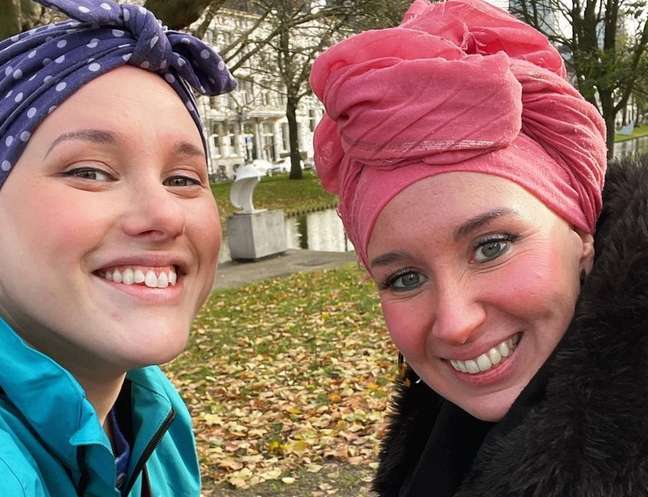
I made many great friends by telling my story. I have met many other young women who have experienced hair loss and being bald has become normal for me.
I recently met a friend in Rotterdam, the Netherlands who I met online. He lost his hair in his 30s.
It has taken me about 20 years to come to terms with this and I have been amazed by the people who have gone through the situation so recently and are at peace with it.
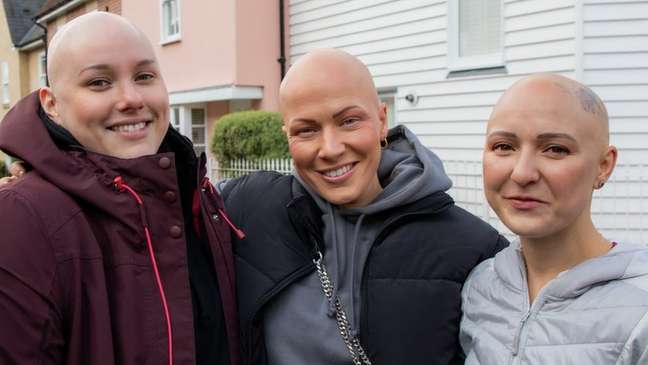
Before meeting these people, the only images I had of women with no hair were of models, slim and with stylishly shaved heads. I needed to see real women of all sizes to accept me.
I still have a long way to go. I would like to see people with hair loss issues in magazines and more people with alopecia in the general press, not just talking about their hair loss.
“Work was the only place where it was still a big secret”
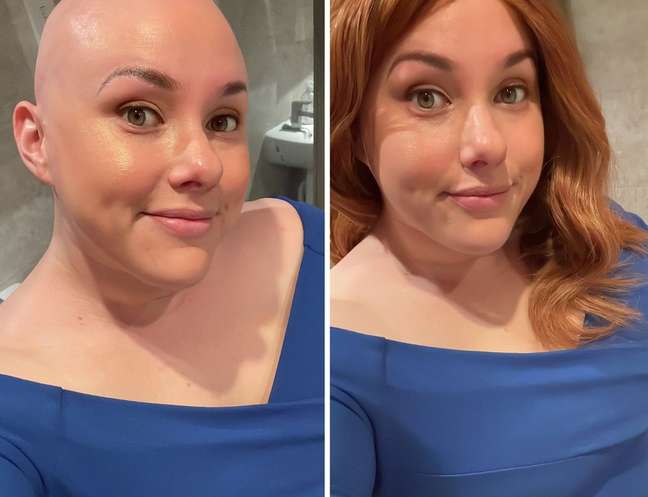
There was only one place I kept my hair loss a secret: the workplace. I’ve always hidden it in every job I’ve done, but I recently got a new job at Save The Children and decided to change it.
I did my Zoom interview without a wig. I haven’t gone to the office without my hair yet, but I’m wearing my headband, which is a big step for me.
It’s always stressful starting a new job. I had visible eczema and lost my eyelashes. So I felt like I needed my headband and it feels good.
I started posting on LinkedIn after the Oscars incident when Will Smith slapped Chris Rock for making a joke about his wife’s alopecia. I wanted to give my point of view. Awareness of alopecia after the Oscars was immense, even if it wasn’t the most positive of incidents.
LinkedIn recently asked me to join the UK’s first Creator Accelerator Program and I’ve really enjoyed working with them. I want to uplift people with visible differences who can serve as mentors at work, and I hope my ideas can be used to improve the workplace for everyone.
“I have been diagnosed with attention deficit disorder”
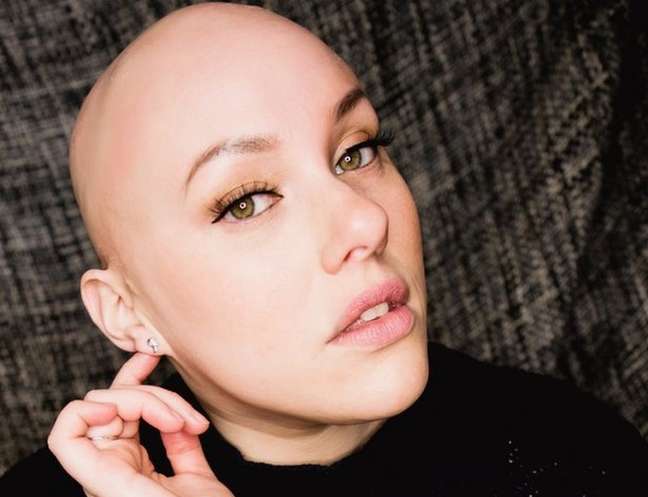
In addition to dealing with alopecia, I was recently diagnosed with Attention Deficit Disorder (ADHD), which is really helping me find meaning in many different aspects of my life.
I wanted to understand myself better and started reading about women being diagnosed in later life. She made a lot of sense to me.
I have no filters and have trouble concentrating which is a common symptom. I talk too much about my life. I often walk away from the topic I’m talking about, say “yes” to everything and end up overwhelmed.
I studied film and literature at the University of Warwick in England. It was a struggle because I pushed a lot to the detriment of my health and I managed to do well.
It’s exhausting trying to hide the disorder. Ordinary adult tasks, like keeping clothes clean and tidying up the house, can be difficult. I also believe that I have rejection sensitive dysphoria, which is related to ADHD, because I take rejection of any kind very seriously.
The fear of being rejected alters my behavior and has hurt my relationships. I’ve always been told I’m sensitive, sometimes too much. It’s nice to hear there is an explanation, I’ve been dealing with my brain working differently. I’m still working on it, but at least now I have a diagnosis.
“I still see people staring at me”
People who are now experiencing hair loss, or their parents, often message me on Instagram. I always make it clear that each person’s experience is unique.
Many people have a brief experience of hair loss that will come back. They may not have alopecia areata, which I originally had, until it developed and became alopecia universalis, which means I have no hair.

I always ask, “Do you have people around you that you can talk to about this?”
I refer them to get help from the Alopecia UK organization where I volunteer. I also work with the Changing Faces organization and participate in their Stop the Stare campaign, to raise awareness that staring people in the face can harm the well-being of those with some visible disfigurement or difference.
I still see people stare at me when I go out without a wig. I think they assume that I have some disease like cancer and am getting treatment. So I get a lot of sympathetic looks that make me uncomfortable.
I really hope future generations don’t stare at us and just accept us. It’s one of the reasons I do everything I can to raise awareness about alopecia.
I still have days where I feel like I want to wear a wig and I haven’t been to a wedding without one yet. But she will become more and more of a proud woman with no hair and I never thought I would be able to. It’s great to have an option.
I’ve spent my whole life trying not to attract attention or make people notice that I was wearing a wig. But now I know that it doesn’t matter whether people understand what’s in my head or not.
Living with this visible difference is an essential part of who I am, whether I choose to wear a wig or not, but it’s not the only element of my identity. So check me out if you want, ask questions if you want to know more, but don’t think my hair (or lack thereof!) is the most interesting thing about me.
As per the statement for Charlie Jones.
– This text was published inhttps://www.bbc.com/portuguese/geral-64130096
+The best content in your email for free. Choose your favorite Terra newsletter. Click here!
Source: Terra
Ben Stock is a lifestyle journalist and author at Gossipify. He writes about topics such as health, wellness, travel, food and home decor. He provides practical advice and inspiration to improve well-being, keeps readers up to date with latest lifestyle news and trends, known for his engaging writing style, in-depth analysis and unique perspectives.



